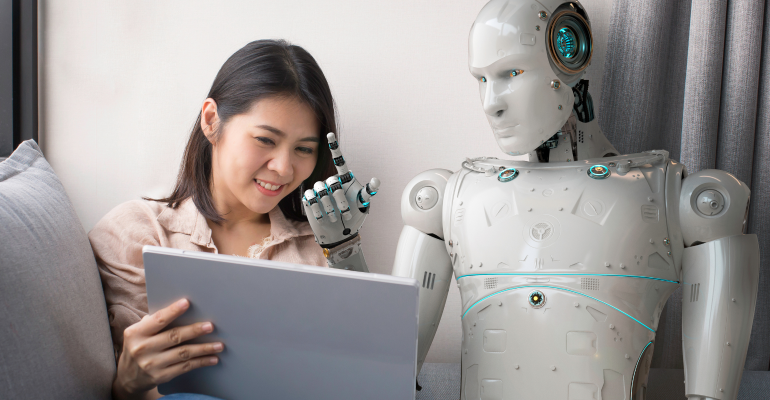Timely diagnosis and treatment are vital for stroke patients, often determining the difference between full recovery and permanent disability. Radiography plays an essential role in this diagnostic process and more medical scenarios, providing professionals with rapid access to high-quality images necessary for deciding on a patient's treatment course.
While speed is critical, accuracy is equally important. Unlike humans, Artificial intelligence (AI) systems do not suffer from fatigue or lapses in memory and offer consistent, high-quality analysis that reduces missed diagnoses and provides radiologists with a dependable safety net.
AI triage systems represent an advanced technological solution to prioritise and interpret medical images. These systems evaluate imaging data, rank cases based on urgency, and identify anomalies using sophisticated machine-learning algorithms. One of the most significant benefits is their ability to optimise radiology workflows. Traditionally, radiologists have been burdened with a high volume of imaging studies, leading to potential delays in diagnosis and treatment. AI triage systems address this by automatically prioritising and categorising images, ensuring that urgent cases receive timely attention.
Trained on extensive datasets, AI triage systems can detect patterns that may elude the human eye, thus serving as a valuable second opinion and reducing the likelihood of diagnostic errors. Research has demonstrated that AI-assisted diagnosis can enhance detection rates for various conditions, including cancers, fractures, and cardiovascular diseases. By augmenting radiologists' expertise, AI triage systems contribute to more accurate and reliable diagnoses, ultimately improving patient care.
The integration of AI triage systems brings about significant changes in the workflow and responsibilities within radiology departments, extending beyond mere technological advancements. With AI handling repetitive and time-consuming tasks such as initial image sorting and preliminary analysis, radiologists can focus on more complex cases and devote more time to patient care.
The use of AI in medical diagnosis raises questions about accountability and the ethical implications of AI-driven decisions; clear guidelines and regulations are needed to address these concerns and ensure that AI is used responsibly. While AI triage systems have many benefits, there are drawbacks to their implementation. Serious concerns are related to technical matters including data security, system integration, and dependability. To be implemented successfully, AI triage systems must integrate seamlessly with the current Picture Archiving and Communication Systems (PACS) and preserve the security of patient information.
The current impediments to the use of AI tech will probably decrease as these systems become more advanced and integrate more seamlessly into radiology workflows. AI is becoming more and more popular in radiology on a global scale, with different countries embracing new technologies at different rates. It is anticipated that as more healthcare facilities come to understand the benefits of AI triage systems, their use will increase and enhance healthcare results globally.
In summary, AI triage systems offer a transformative approach to radiology by enhancing the speed and accuracy of diagnoses, optimising workflows, and allowing radiologists to focus on complex cases. While challenges related to technical integration, data security, and ethical considerations exist, the continued advancement and adoption of AI technologies promise significant improvements in patient care and overall healthcare efficiency.
As the healthcare industry continues to evolve, AI triage systems are poised to play an increasingly vital role in shaping the future of medical imaging and diagnostics.






